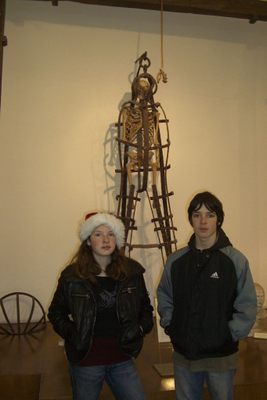About
Operated by Italy's federal Prison Administration, this unique collection of prisons, torture, and criminal anthropology was open only to government officials from its founding in 1931 until 1994. Recognizing the public interest in incarceration, the Italian government reorganized the collection and opened it to the general public in 1994.
Because of Italy's deep history, the museum showcases an unusually detailed body of work. The collection, which was first assembled in 1873 for the school of prison guards, displayed methods of investigation, restraints used against prisoners, as well as objects made by prisoners in vocational programs. Other European nations were interested in prisons as well and there was extensive international discussion on the correct way to rehabilitate a 'criminal person.' This collection was on display during the International Penitentiary Congress held in Rome in 1885.
The museum today features many of the artifacts from the original collection, but it is organized along very different principles. Part of the museum is dedicated to artifacts from notorious 20th century criminals, and to judicial methods before the 19th century - execution and torture. Featured in this exhibit is the Milazzo Cage, a body-shaped iron cage, was hung on the outside of a building or castle with a mutilated criminal for all to see.
A large section, though, highlights the developmental history of justice, prisons and criminology that reflects more modern methods and practices.
Related Tags
Flavors of Italy: Roman Carbonara, Florentine Steak & Venetian Cocktails
Savor local cuisine across Rome, Florence & Venice.
Book NowPublished
February 7, 2010























